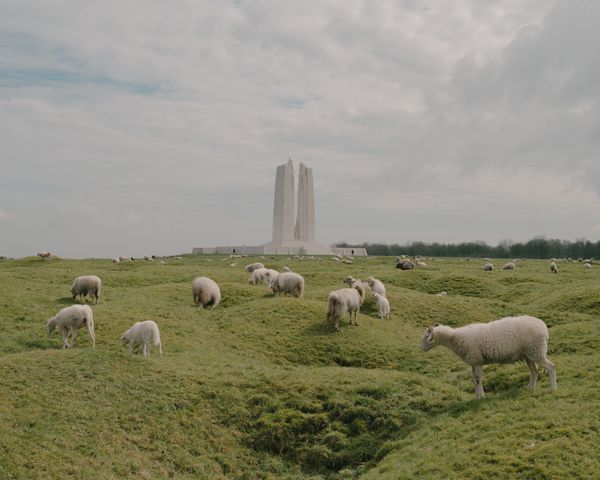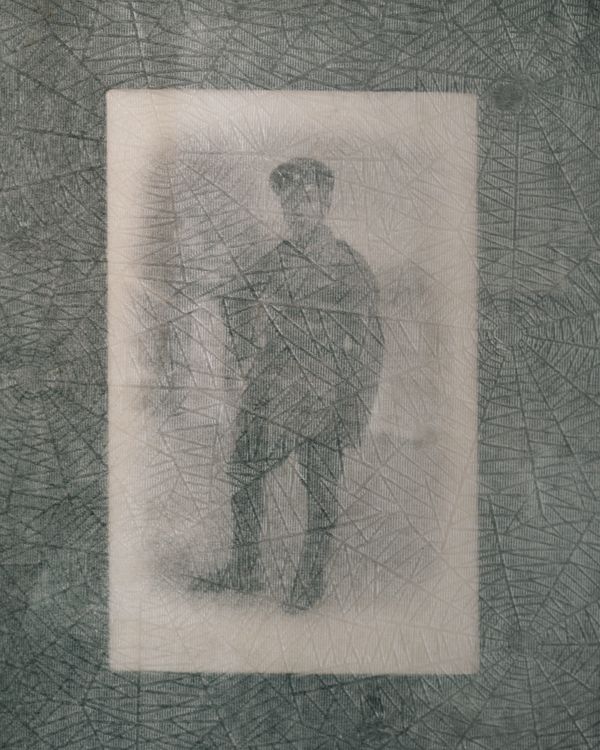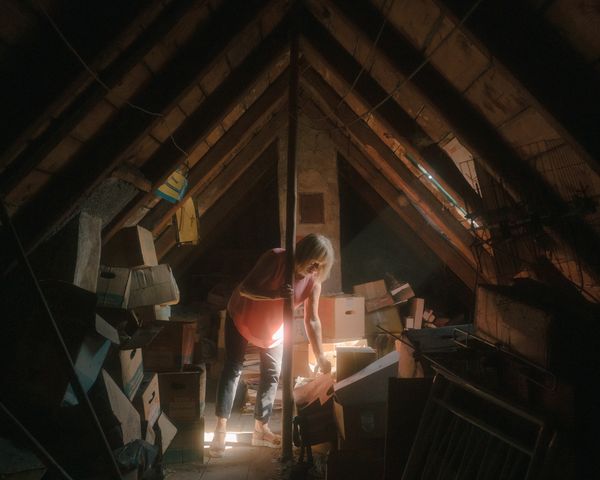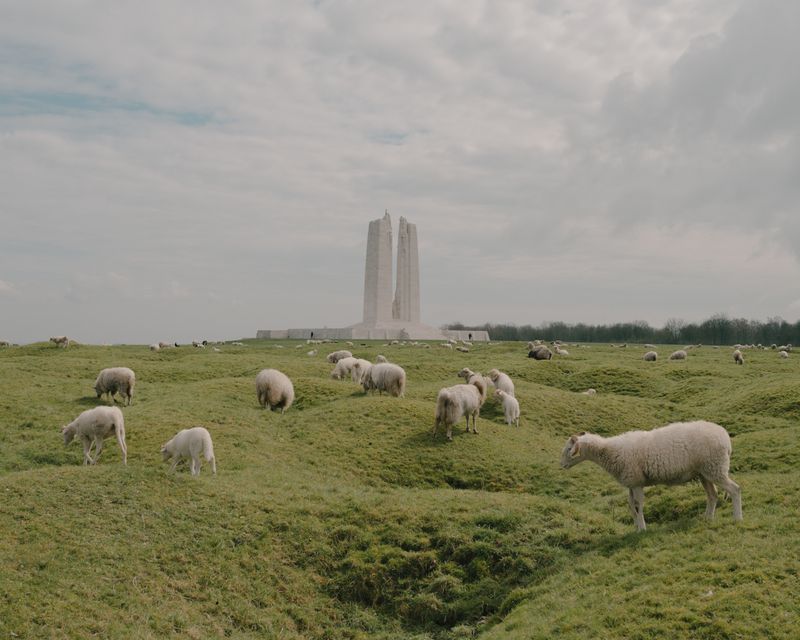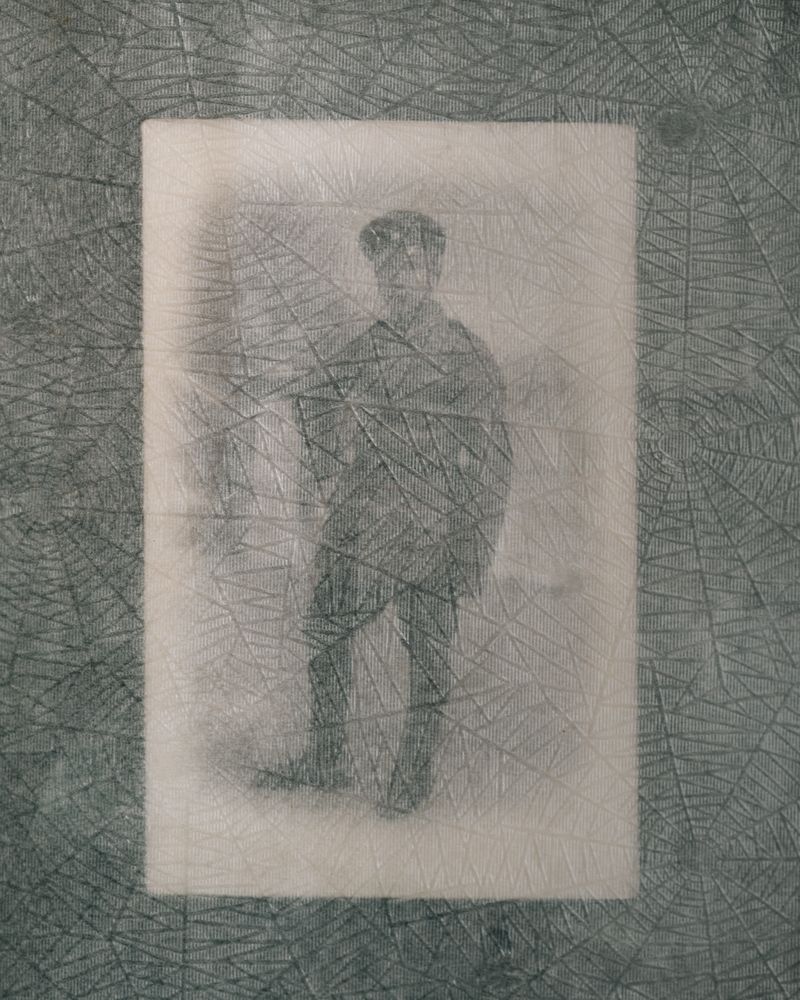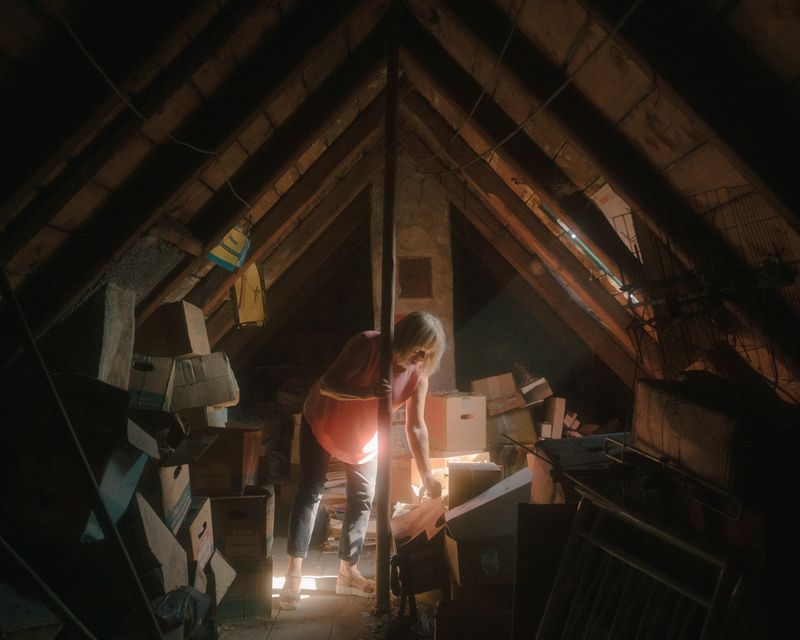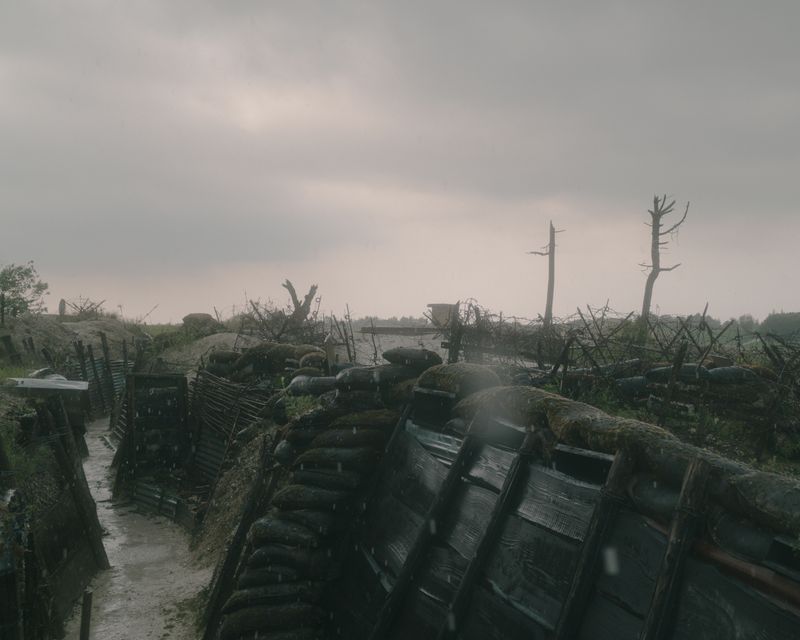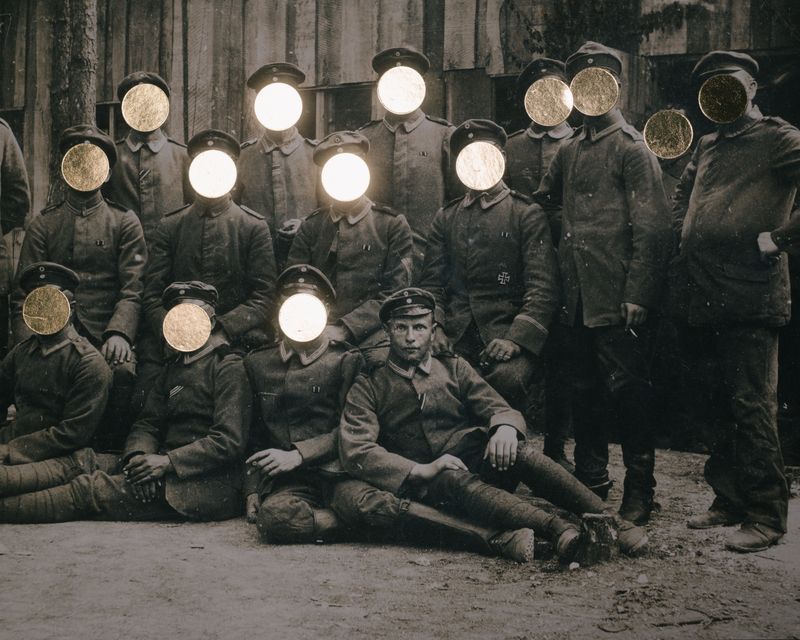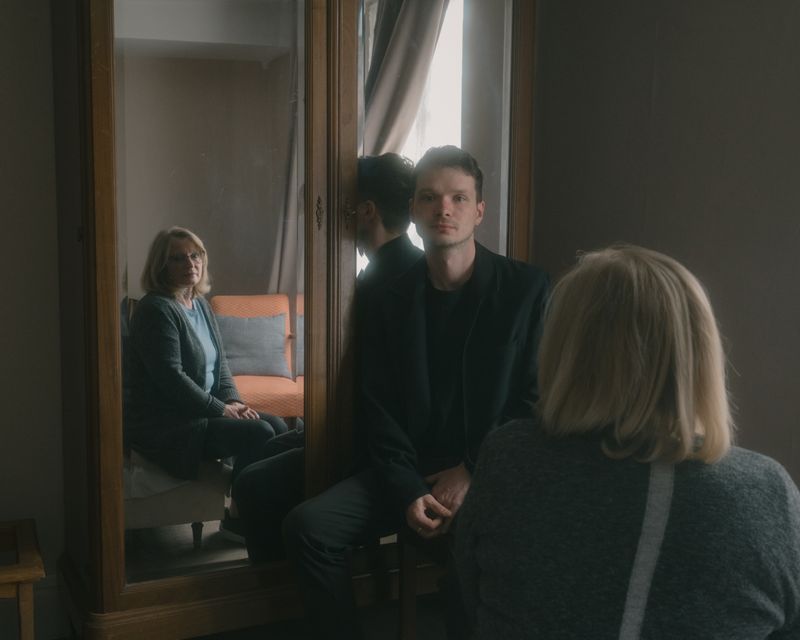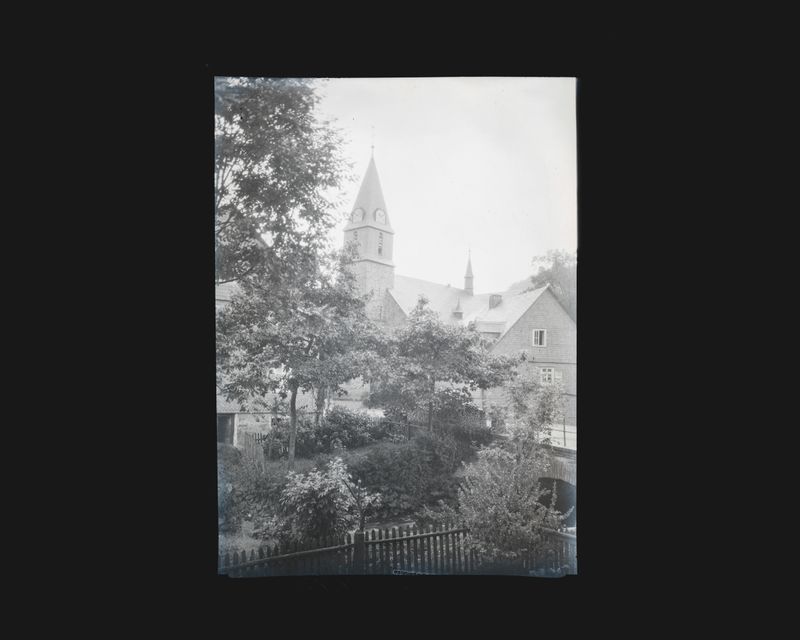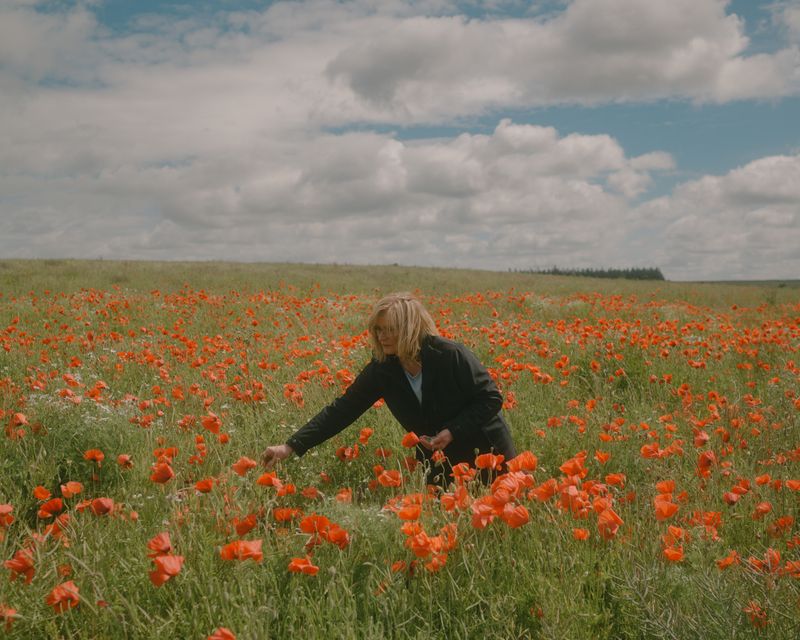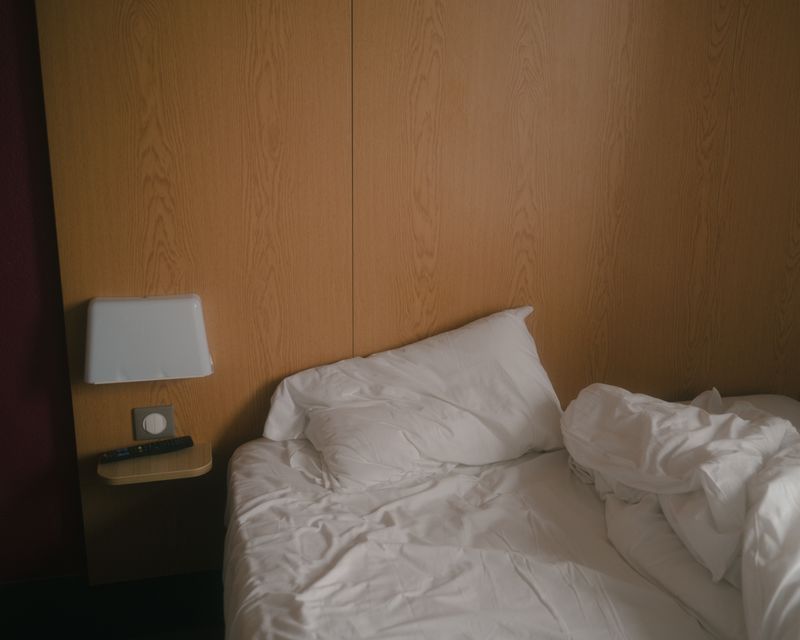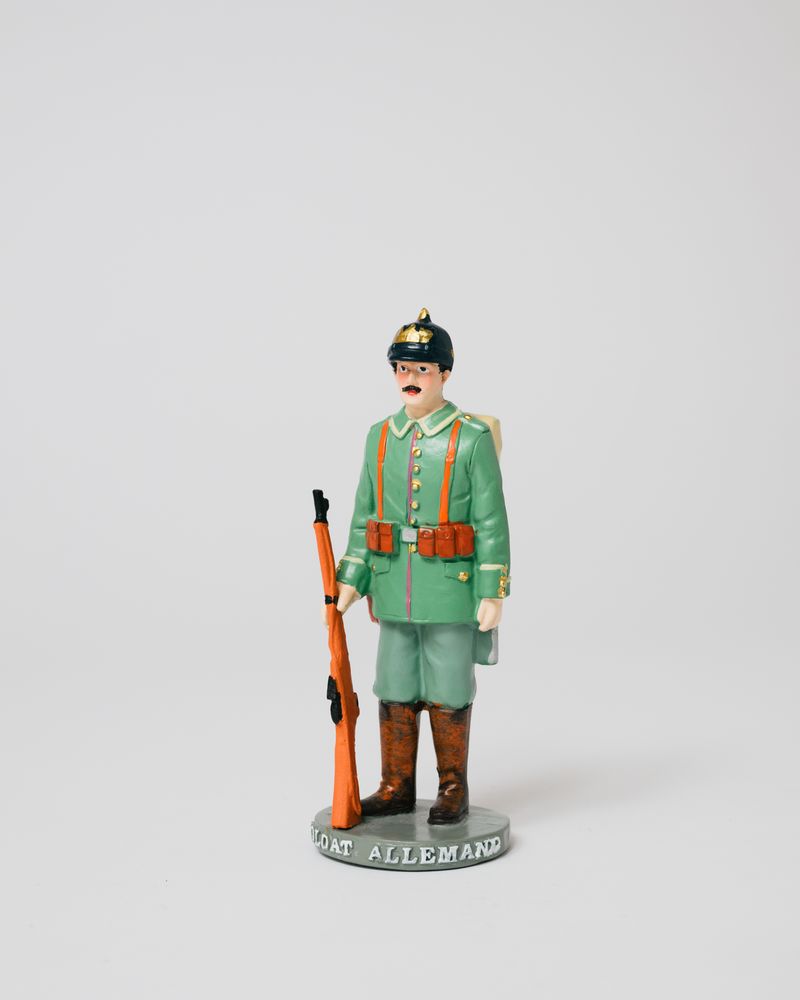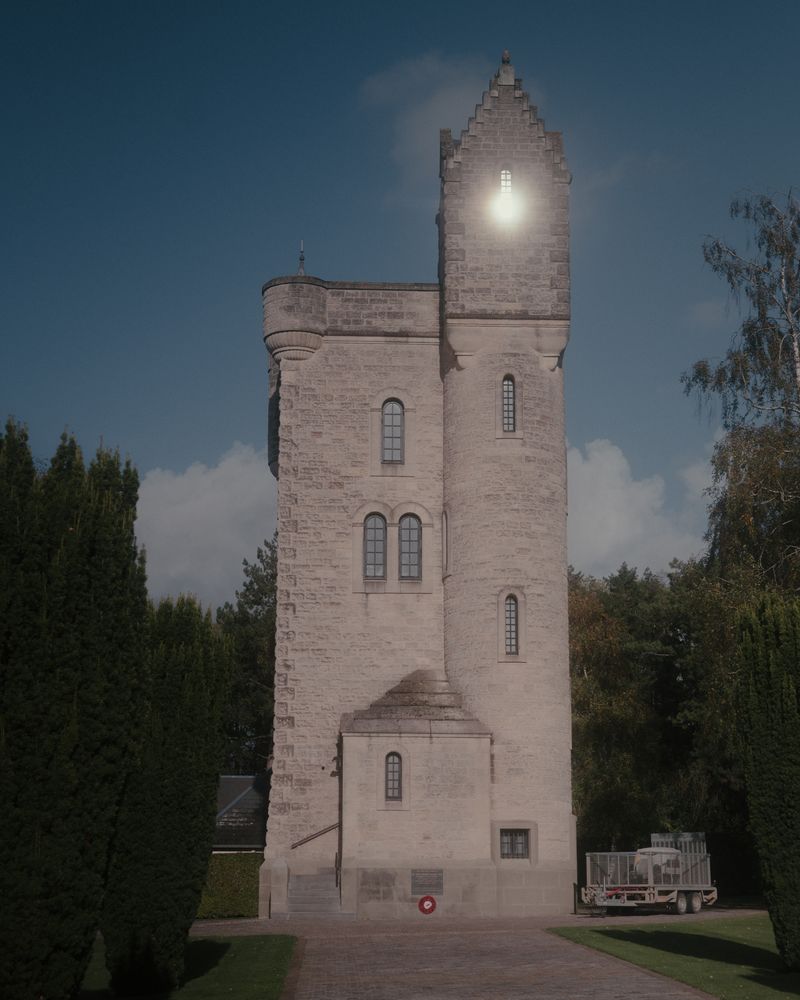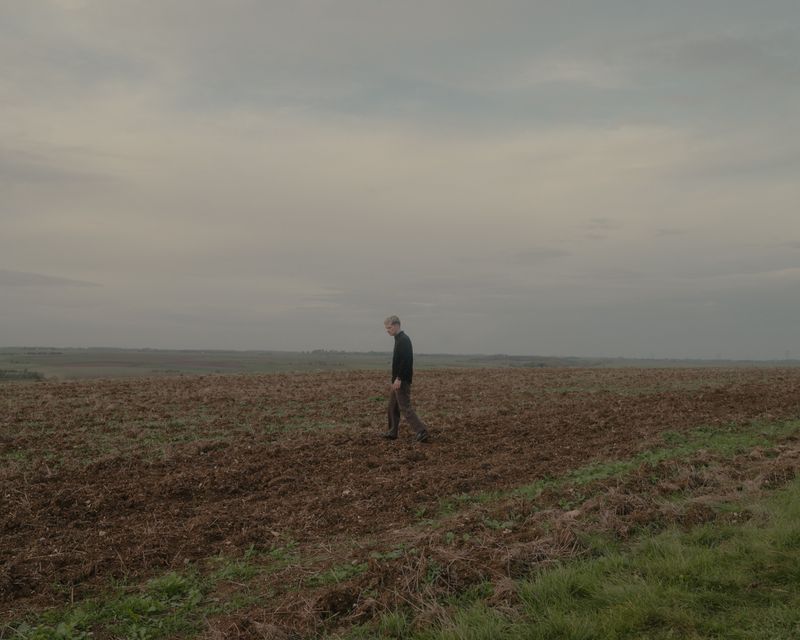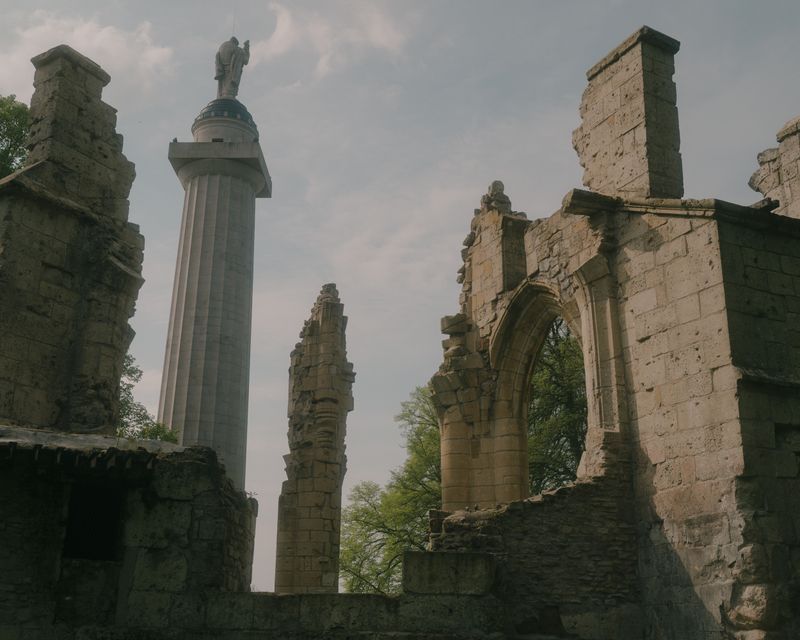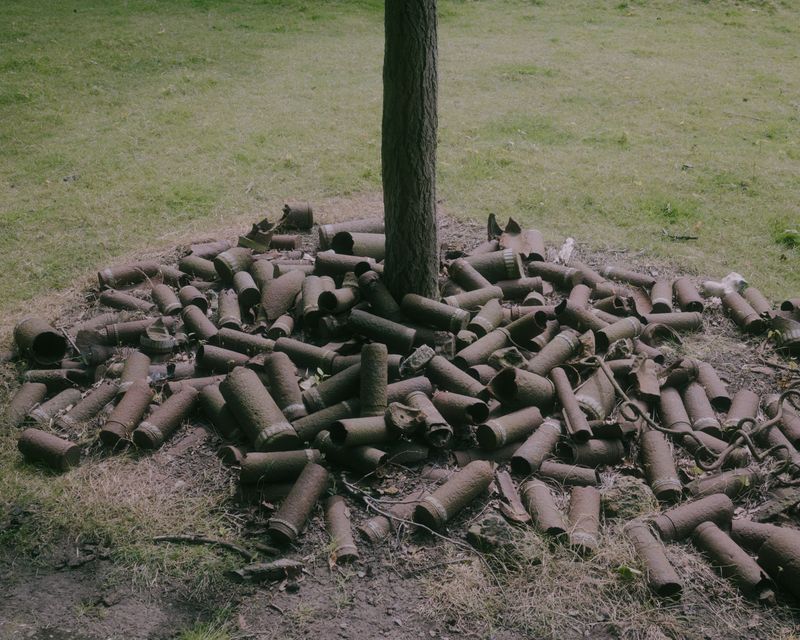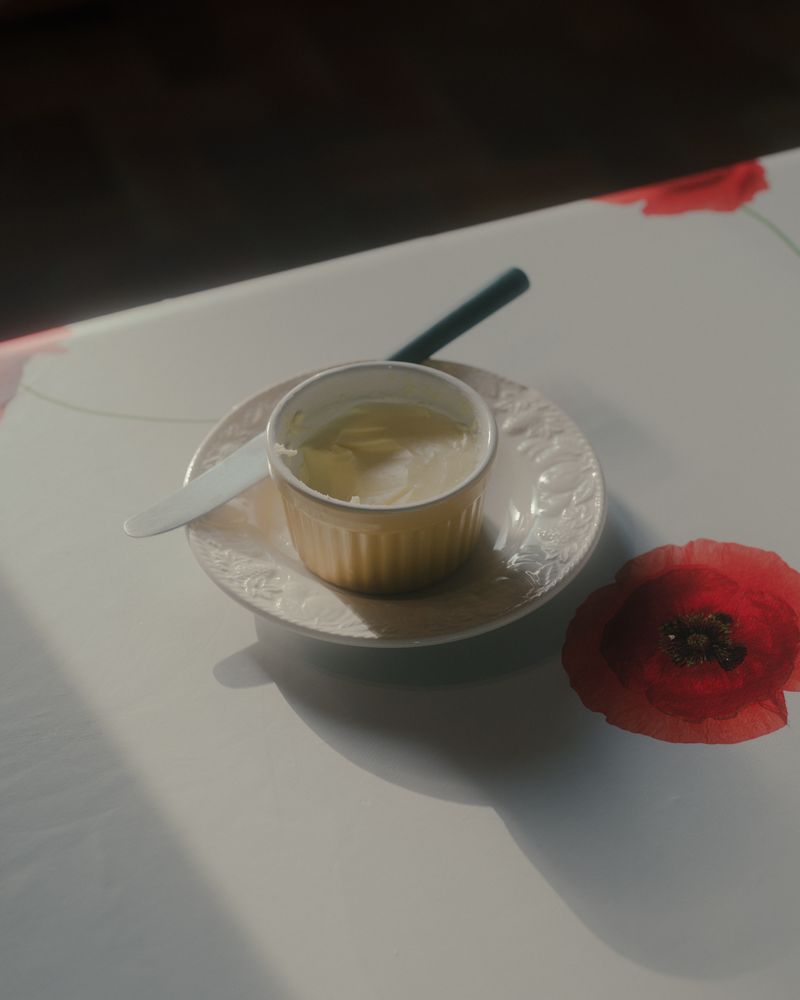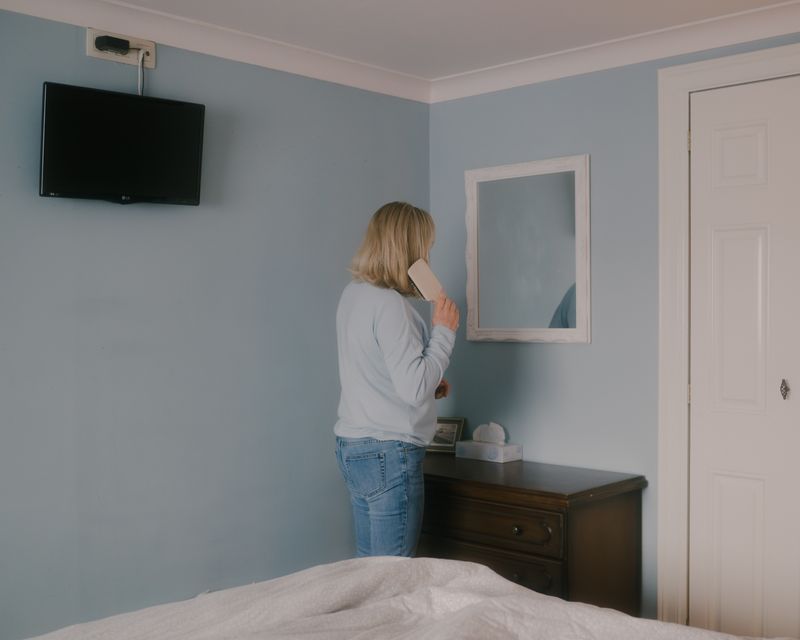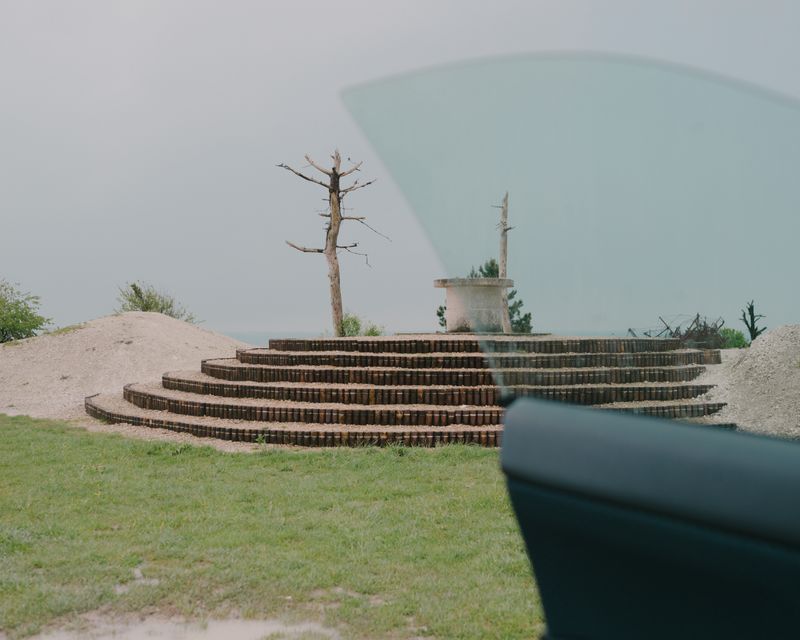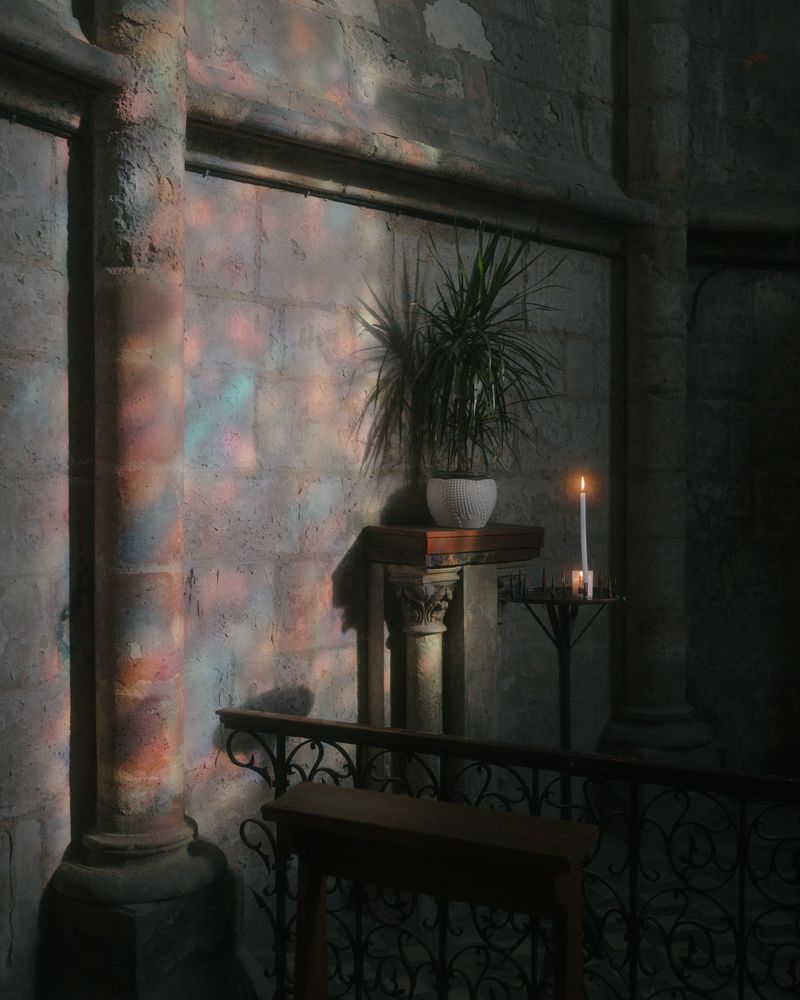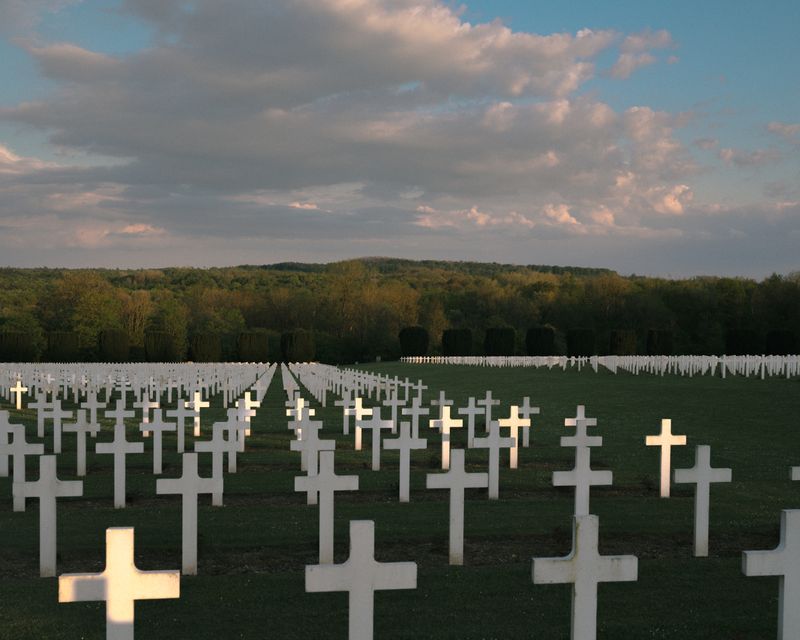The Shape of F. S.
-
Dates2023 - 2025
-
Author
- Locations Germany, France, Belgium
The Shape of F. S. is a personal exploration of my great-grandfather‘s history as a soldier in the First World War. The work is a dialogue between past and present, where uncertainty and the search for answers are constant companions.
The Shape of F. S. is a personal exploration of my great-grandfather‘s history as a soldier in the First World War. Initially alone, and later accompanied by my mother, I travel along the former Western Front to understand how his war experiences have influenced our family history.
Field post letters from my great-grandfather provide clues about the places, times, and his emotional state. I use these historical fragments to reinterpret and continue the story 110 years later. This work is an interwoven narrative between myself, my mother and my great-grandfather himself.
The visual narrative of this project incorporates traditional documentary photographs of the contemporary landscape as one layer. The landscape is charged by its historical context. I’m interested in decisive places rather than the decisive moment. This is an attempt to visualize history and explore the point at which time turns into the past. This is complemented by various layers, including still lifes of found objects, interpretation of old photos, self-portraits and subjective moments experienced during my journey with my mother.
This constellation creates a dialogue between past and present, where uncertainty and the search for answers are constant companions. The focus is on an emotional approach to the emptiness and the unanswered questions. The aim of the work is to stimulate an emotional confrontation with historical wars and their culture of remembrance while leaving room for speculation.
-
As a photo book The Shape of F. S. could visualize that memory is not linear and history is not fixed. What is missing is just as significant as what is shown.
While working on this project, I always envisioned it as a photobook. Although I initially presented the work as an exhibition —which was partly due to financial considerations and also formed the basis of my Master’s degree—the photobook has remained my preferred and intended form of publication.
On a personal level, publishing this project as a book feels more meaningful and appropriate for me and my family. It offers a way to preserve the work in a lasting, tangible form—rather than presenting it only temporarily, as is the case with an exhibition.
The photobook form offers a intimate and contemplative space in which this dialogue can unfold in all its complexity. This work lives in the space between the documentary and the poetic, between inherited history and subjective experience. The physicality of the photobook mirrors the materiality of the project itself. The book form allows the different layers to be held, revisited, and reinterpreted.
